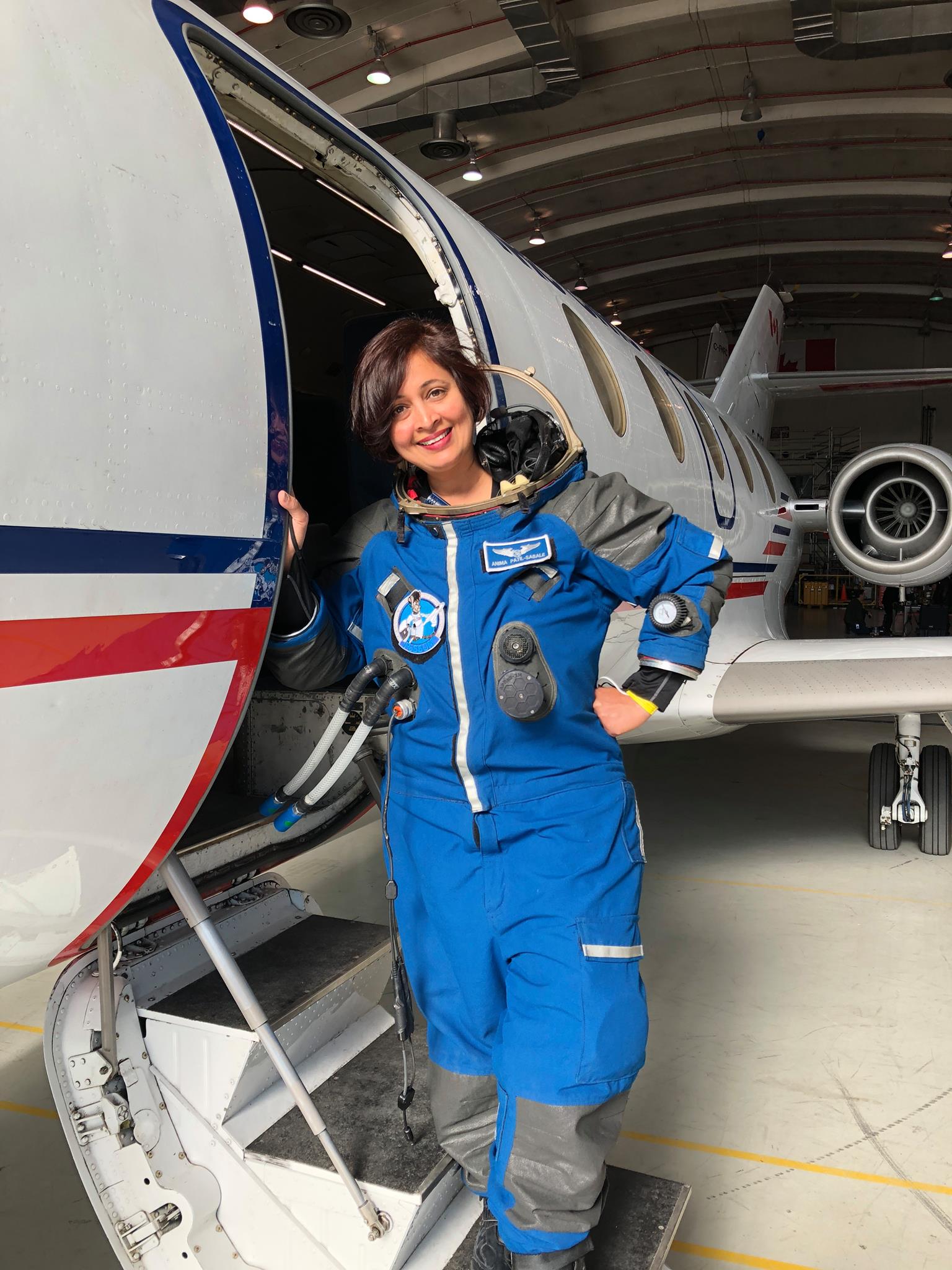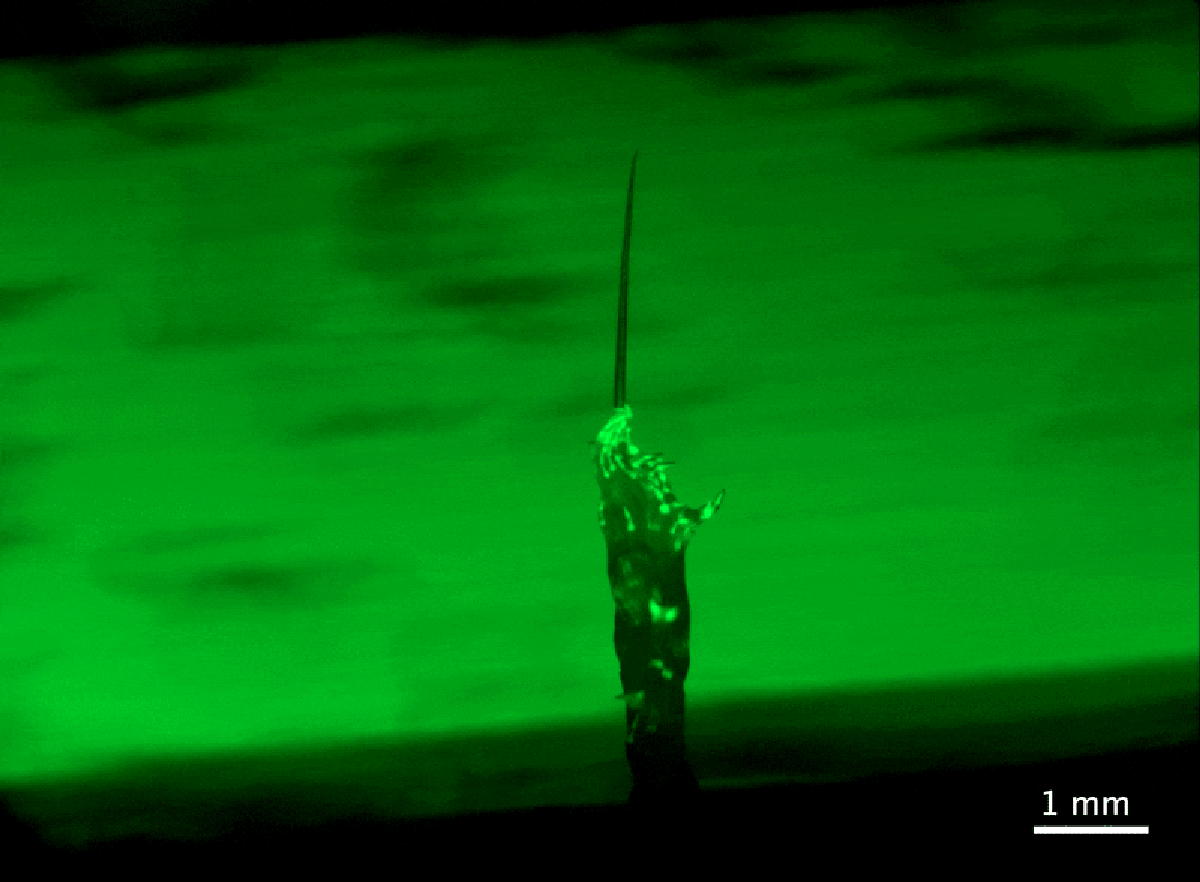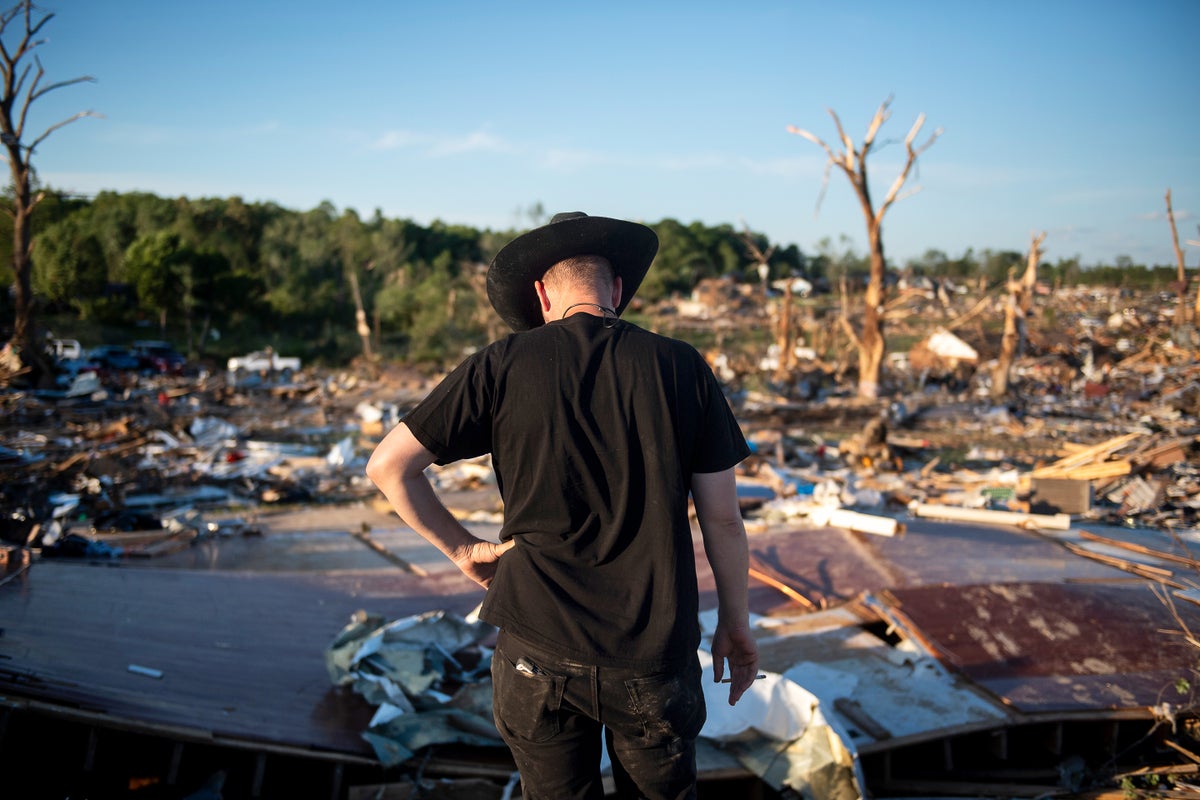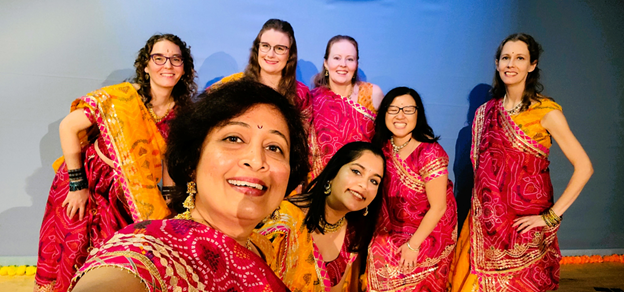Johnson Celebrates AA and NHPI Heritage Month: Anima Patil-Sabale
Anima Patil-Sabale has been shooting for the stars since she was a little girl growing up in India. Inspired by books about the Apollo-era space program, Patil-Sabale decided she would be an astronaut one day. For the first step on her journey to space, Patil-Sabale hoped to become a fighter pilot, but India did not […]

Anima Patil-Sabale has been shooting for the stars since she was a little girl growing up in India. Inspired by books about the Apollo-era space program, Patil-Sabale decided she would be an astronaut one day.
For the first step on her journey to space, Patil-Sabale hoped to become a fighter pilot, but India did not allow women to serve in these combat roles at the time. (The Indian Air Force began accepting female candidates in 2015.) Instead, Patil-Sabale pursued degrees in physics and computer applications and worked as a software engineer in Mumbai before getting a job as a software consultant in San Jose, California. Her proximity to NASA’s Ames Research Center inspired her to pursue another master’s degree, in aerospace engineering, and to apply for opportunities with the agency. Her first job with NASA was working as a software and operations engineer supporting the Kepler space telescope at Ames. She has held a variety of positions at Ames and Johnson since then.

Patil-Sabale currently serves as a private astronaut mission (PAM) integrator for the International Space Station Program’s Avionics and Software Office. In that role, she works closely with Axiom Space team members to understand and integrate requirements for their PAMs into the space station’s onboard computers, laptops, and networking systems. It is a relatively new position, meaning Patil-Sabale is often charting new territory in her day-to-day work. “The challenges of working on something new that has not been done before on the International Space Station and the possibilities it creates for future commercialization – being a part of that all makes the job rewarding and fun,” she said.
Patil-Sabale’s time at NASA has also provided opportunities to sample the dreamed-of astronaut experience. In 2015, she was selected to serve as commander for the Human Exploration Research Analog (HERA) Campaign 2 Mission 3. The mission marked her first trip to Johnson. “Coming to the home of astronauts was exciting and emotional for me,” she said, adding that she has participated in several research projects and missions since HERA. “I love the fact that in addition to the amazing work I do at NASA, I get to contribute to the human spaceflight program as a human test subject. Time will tell if I get to fly to space, but meanwhile I am happy to contribute – even if a tiny bit – to an active area of research that will help us live and thrive on Mars and eventually become a space-faring species.”
Patil-Sabale first engaged with Johnson’s ASIA ERG in 2019, when the group invited her to give a presentation about her personal and professional journey. She currently serves as the group’s Social/Culture Committee lead. “I love bringing people together,” she said. “I believe people enjoy not just talking about each other’s cultures and traditions, but also being a part of them.”
That belief inspired her to spearhead a Johnson-based Diwali celebration in 2023, in addition to participating in the agencywide event organized by NASA Headquarters. Johnson’s celebration included several dance and musical performances, a fashion show, and delicious food.
“These cultural events give us an opportunity to bond in a very different way,” she said. “We get to know many sides of each other that we wouldn’t discover as strictly work colleagues.” ERG events also help people from different teams connect. “For my Diwali dance performance, I had seven people from seven different teams who did not know each other or about their work, and they got to connect during our practice sessions.”
Patil-Sabale hopes to see more cultural celebrations hosted at Johnson in the future and encouraged others to take the initiative to organize events and involve as many colleagues as possible. She also believes it is important for ERGs to continue offering these social and cultural opportunities, in addition to professional development programs. “Giving us these opportunities means so much to people like me,” she said.
Patil-Sabale appreciates any event that promotes diversity, equity, and inclusion, as well. She regularly meets with high school girls to encourage their interest in STEM careers and often speaks at International Women’s Day celebrations, where she urges women of all ages to pursue their dreams. “It’s never too late to pursue your interests, your passions,” she said.
What's Your Reaction?









































